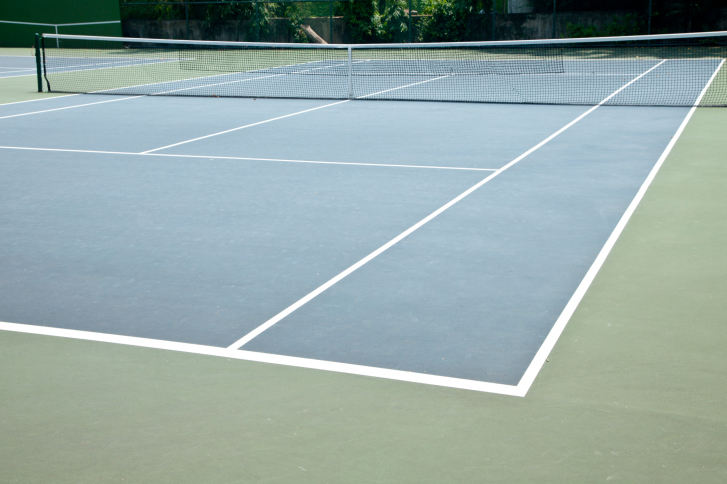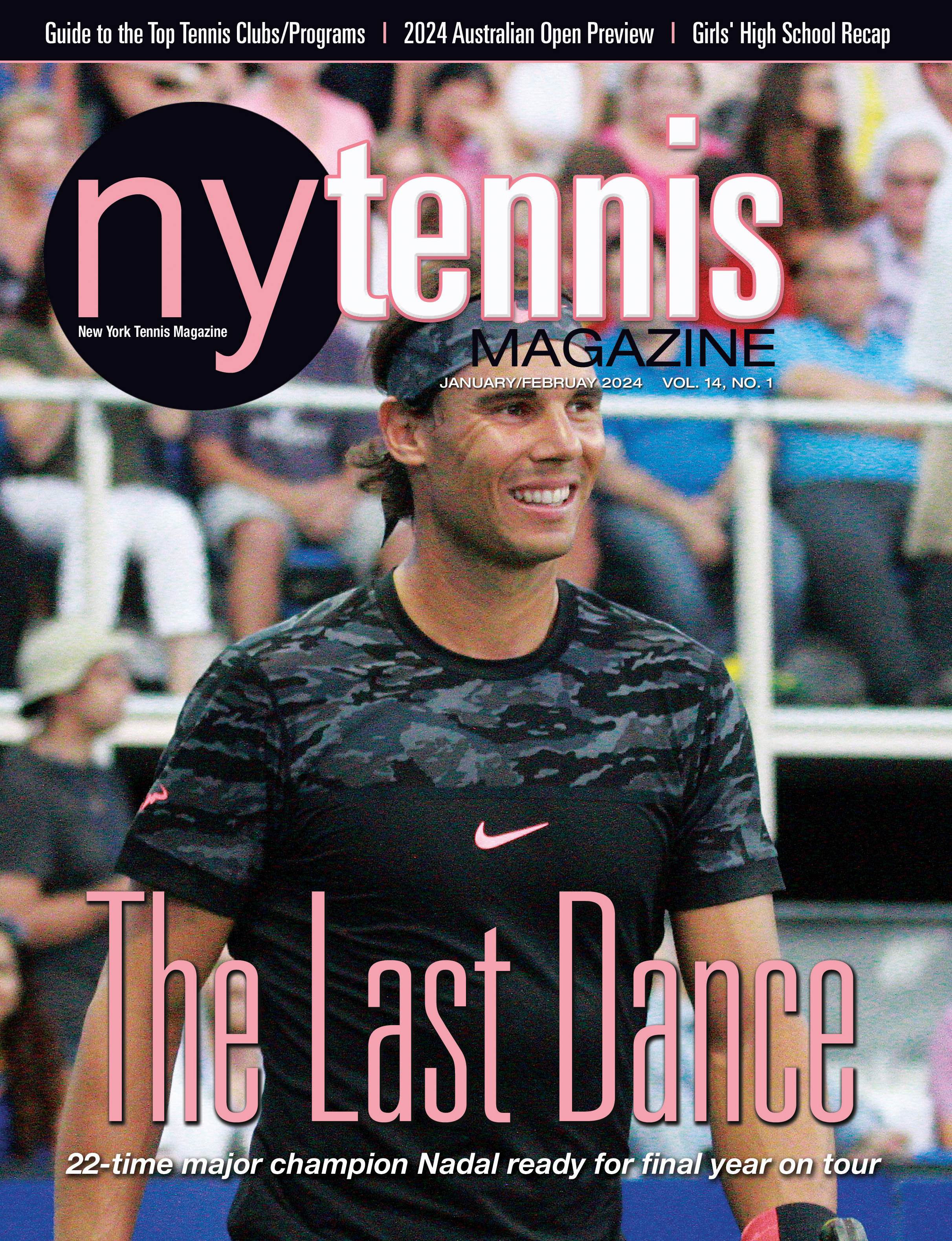Courtside With Skip Hartman

The New York tennis landscape is always growing and evolving. There are a myriad of options both indoors and outdoors for a local tennis player to choose from. So how does a successful tennis entity separate themselves? How does a successful club increase their player base and continue to grow? New York Tennis Magazine sat down with Skip Hartman, owner of three of the local area’s top tennis entities, The Advantage Tennis Clubs, to get his take on the current state of tennis in New York and how he has found success for so many years with his clubs.
What was the goal when you brought your three clubs (Roosevelt Island Racquet Club, Manhattan Plaza Racquet Club and New York Tennis Club) together a few years ago under the Advantage Tennis Clubs umbrella?
Skip Hartman: Our goal was to develop a stronger brand. We had offered many programs at several clubs for many years, all with different names. Sometimes, at the same club, there were different names for programs that were not even associated with the club's name. This reflected our philosophy that it was the personal skill and commitment of each program director and club management team that dictated their success. Also, advertising was very expensive years ago. We felt word of mouth was the best way for a club or program to build a following and that it was best triggered by a dedicated manager or program leader. We still believe deeply in the importance of these underlying factors.
However, times have changed. Technology has made continuous communication with the market much less expensive. People are bombarded by so much information now that a simpler message is stronger and has a better chance of being heard. Also, we have more competition today than 10 years ago. By combining the marketing budgets and the image under a single brand, Advantage Tennis, of our three clubs [Manhattan Plaza Racquet Club, Roosevelt Island Racquet Club and New York Tennis Club], we could send a stronger message to our customers and potential customers. We remain committed to having excellent program leaders and managers dedicated to helping each player be as good as they can be and derive enjoyment from tennis.

How can you continue to grow under this model?
Hartman: Our club facilities have room for participation to grow at their current sites, although our 42nd Street Club is pretty full. With respect to our youth programs, we still have room to grow at existing sites, and we are adding more sites every year.
What is it about Advantage Tennis Clubs that make it unique and different than most other tennis facilities
Hartman: For 45 years, we have tried to provide more personal service. Our motto, "We've Got Your Game," stresses our commitment to each player. We have many customers, their children and grandchildren who have been with us for more than 40 years.
Tell us about Roosevelt Island Racquet Club.
Hartman: Roosevelt Island is very convenient to get to and has 11 indoor Har-Tru courts with an adjacent pool that members can use.
What is special about Manhattan Plaza Racquet Club?
Hartman: Location, location, location! It’s hard to beat a club right on 42nd Street. Manhattan Plaza is now year-round indoors, and boasts cushioned, all-weather courts and a full-service health club with a pool.
What makes New York Tennis Club stand out?
Hartman: Outdoor courts set in a lovely area with trees and grass, a very pleasant escape from the hustle and bustle of Manhattan during the summer. In the winter, the six Har-Tru courts are a few minutes longer to get too from Manhattan, but are less than half the price of Manhattan clubs.
What is your view of the current state of tennis in New York? What are the pros and cons?
Hartman: This subject is complex and worthy of a separate article or book. There are different opportunities and challenges from the perspective of the players and their families, facility operators, land owners, which in New York, is often a public institution, the people who have made tennis their careers as instructors, managers and operations staff. New York City remains a very strong market where it is possible to play both inexpensively and very expensively. That is good.
What are some of your fondest memories of your life/career in tennis? What would you consider to be your greatest accomplishment?
Hartman: One of my biggest thrills was defeating a very good player after being down 5-0, 40 love, in a sanctioned 35 and Over Eastern Tennis Association tournament. But then again, I just play for the fun of it.
I was fortunate enough and privileged to grow up at the same time the sport of tennis started to grow, as it became more of a broad-based public pastime and sport of a lifetime. So I had an opportunity to contribute to that growth.
I taught tennis with Darlene Hard when I was 18-years-old at Camp Robinson Crusoe in Massachusetts. I promoted group instruction with Eve Kraft when I was at Princeton, and later when she became active, doing so nationally with the USTA. I worked on developing indoor tennis facilities on public and private land, using the air structure, with my partner for 36 years, Bob Kelton, who had been my high school tennis coach, and now, with Bob’s son Rob, and Gordon Kent, Joel Ross, Gertrud Wilhelm, and my Chicago partner, Alan Schwartz. I have worked with Gene Scott, Arthur Ashe, Sherry Snyder, Charlie Pasarell, Donald Dell and Ray Benton to develop the National Junior Tennis League and it's New York Chapter (NYJTL) … so many wonderful relationships came from that. Of course, the many tennis playing buddies I have met over the years. I have had the privilege to work with David Dinkins and the irrepressible Harry Newton. We had the chance to help the City's public schools be better, more welcoming and enriching. With Jim O'Neill, we developed the Sports & Arts in Schools Foundation in 1992 with the help of Ross Sandler, Roger Alcaly, Jerry Kohlberg, Frank Macchiarola, Ed Aquilone, Kirby Coughlin, Alan Dobrin and Burt Sacks. I mention these folks because I want to be responsive to your questions, but I am in big trouble because I cannot do justice to the naming of so many people who have joined me and have enriched my life while promoting youth development and tennis.







